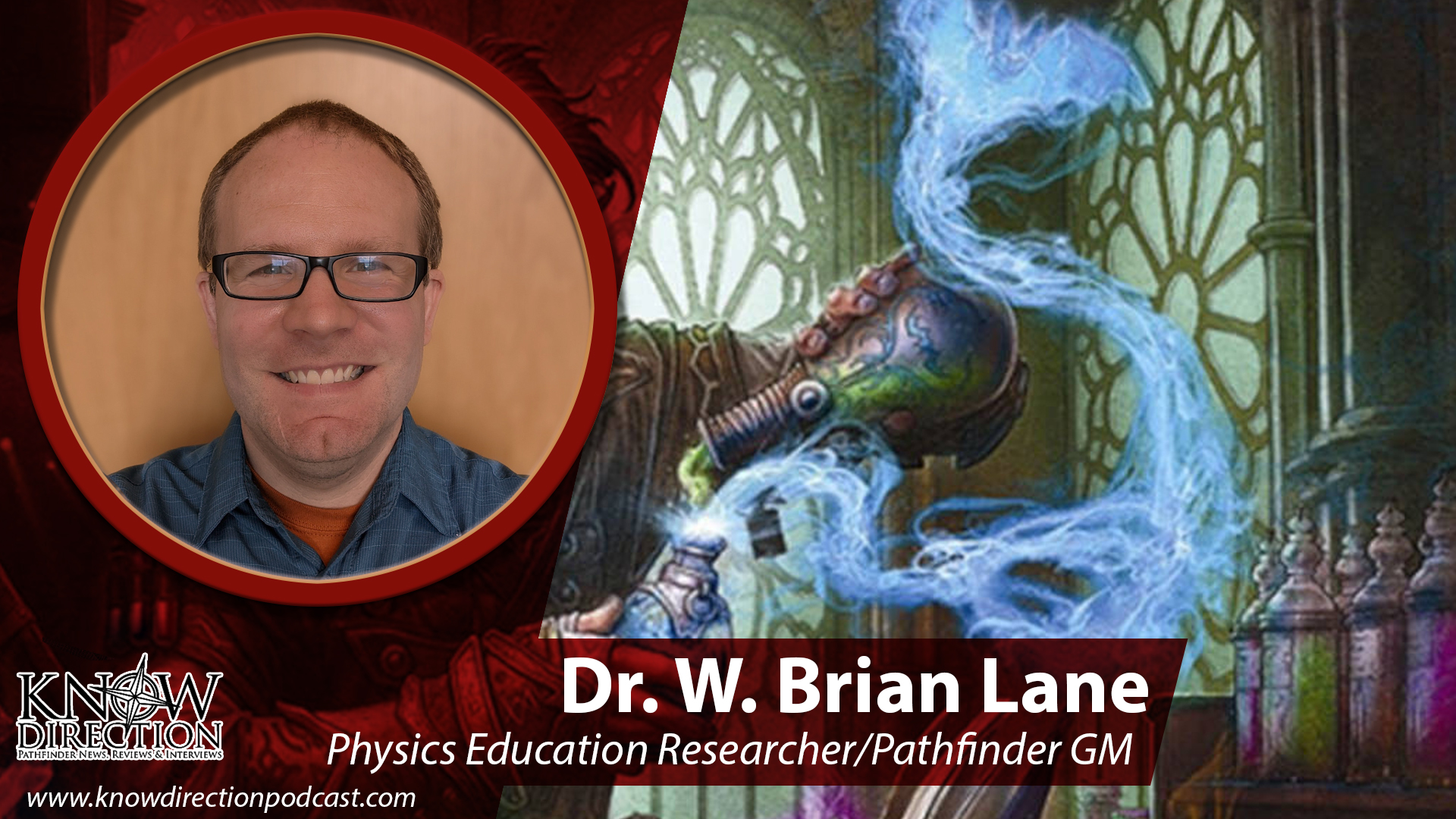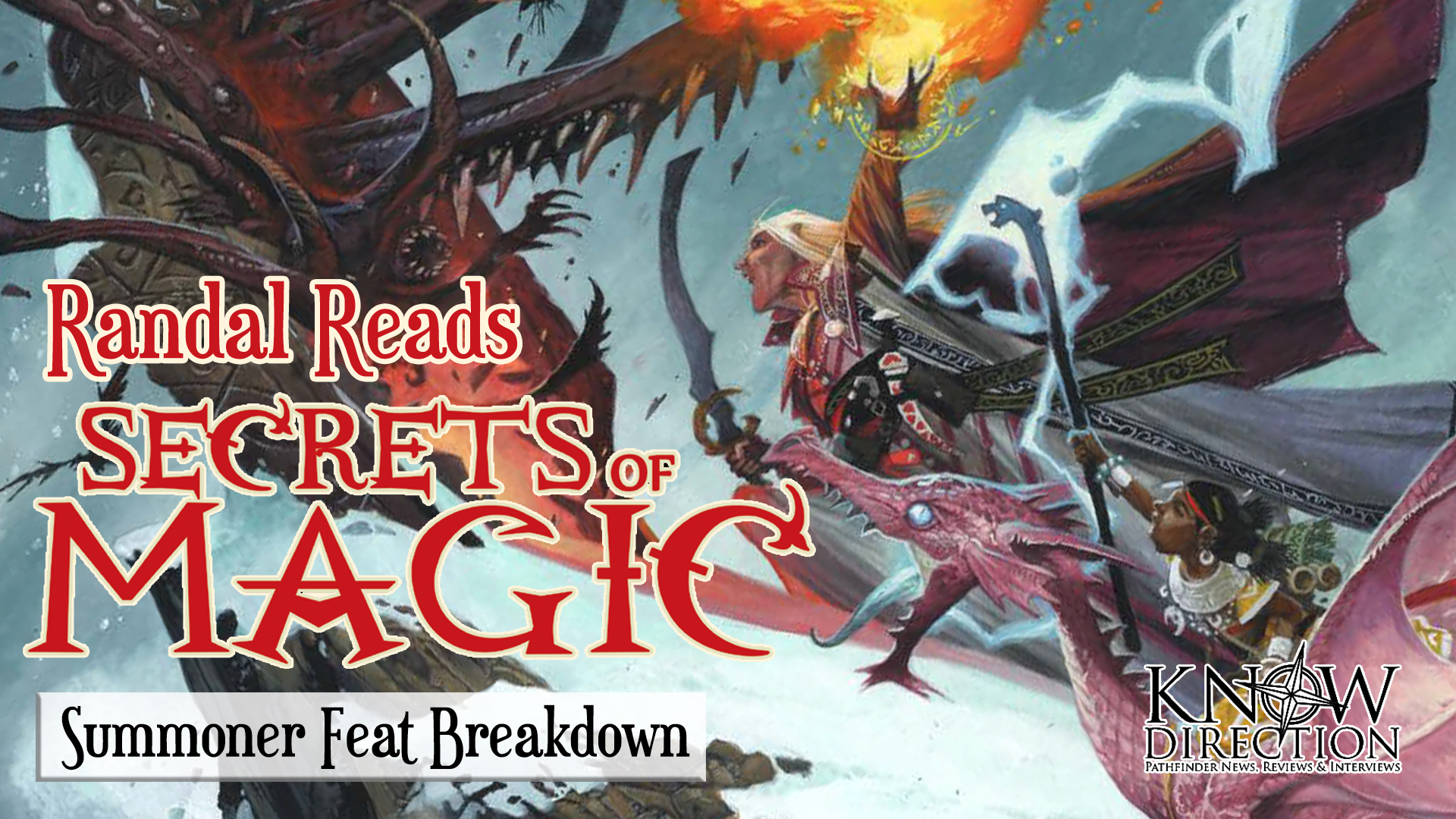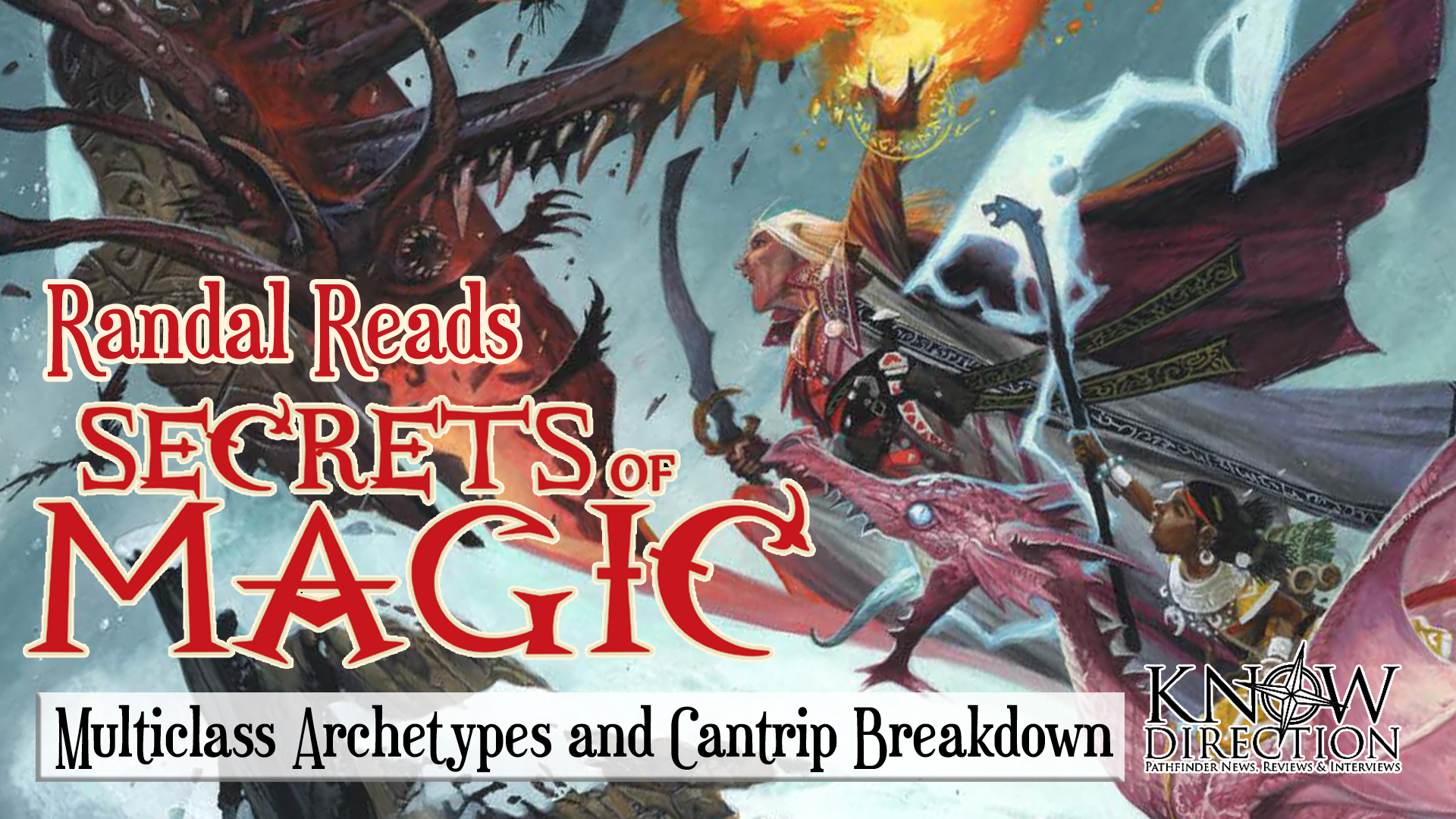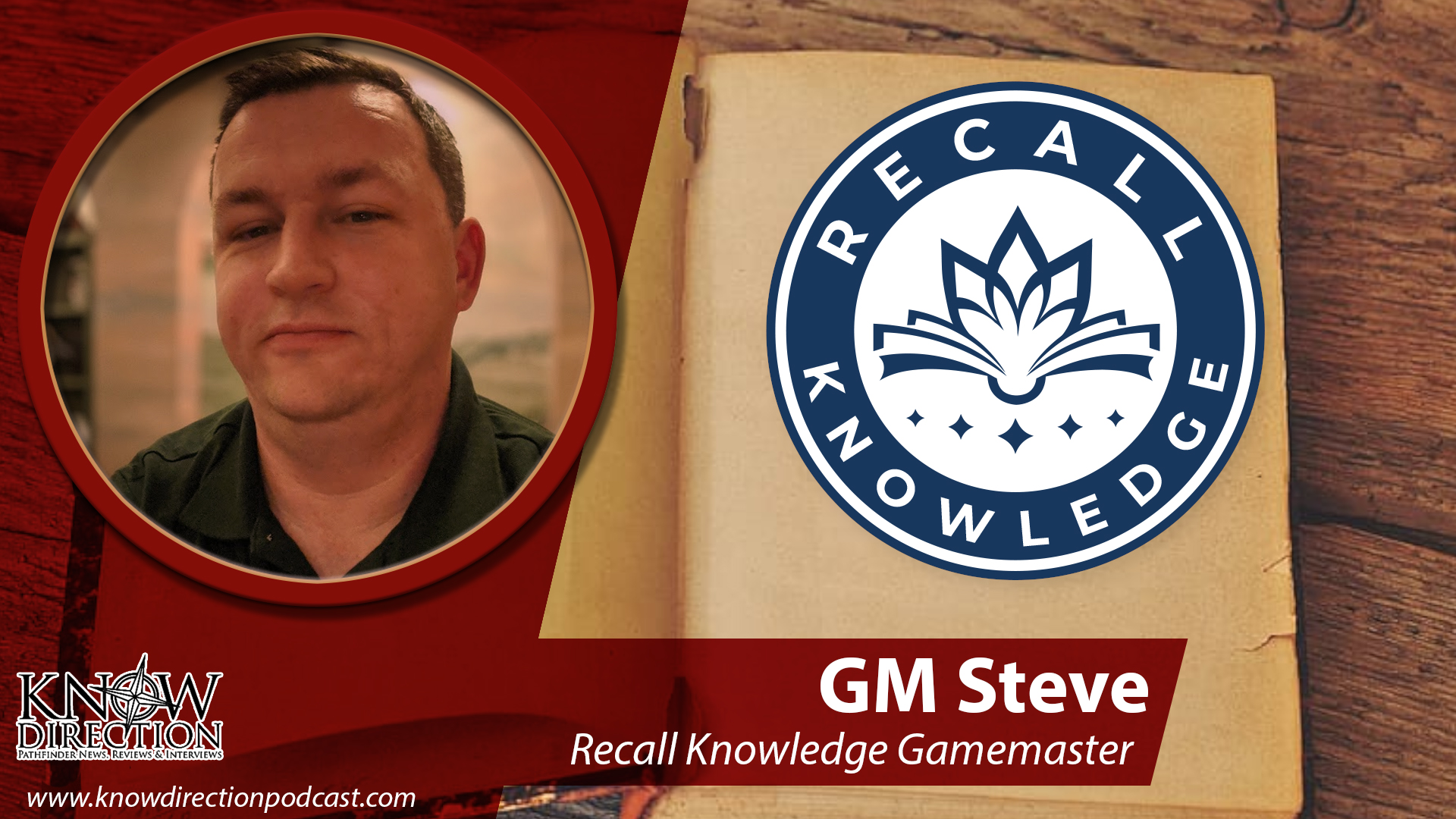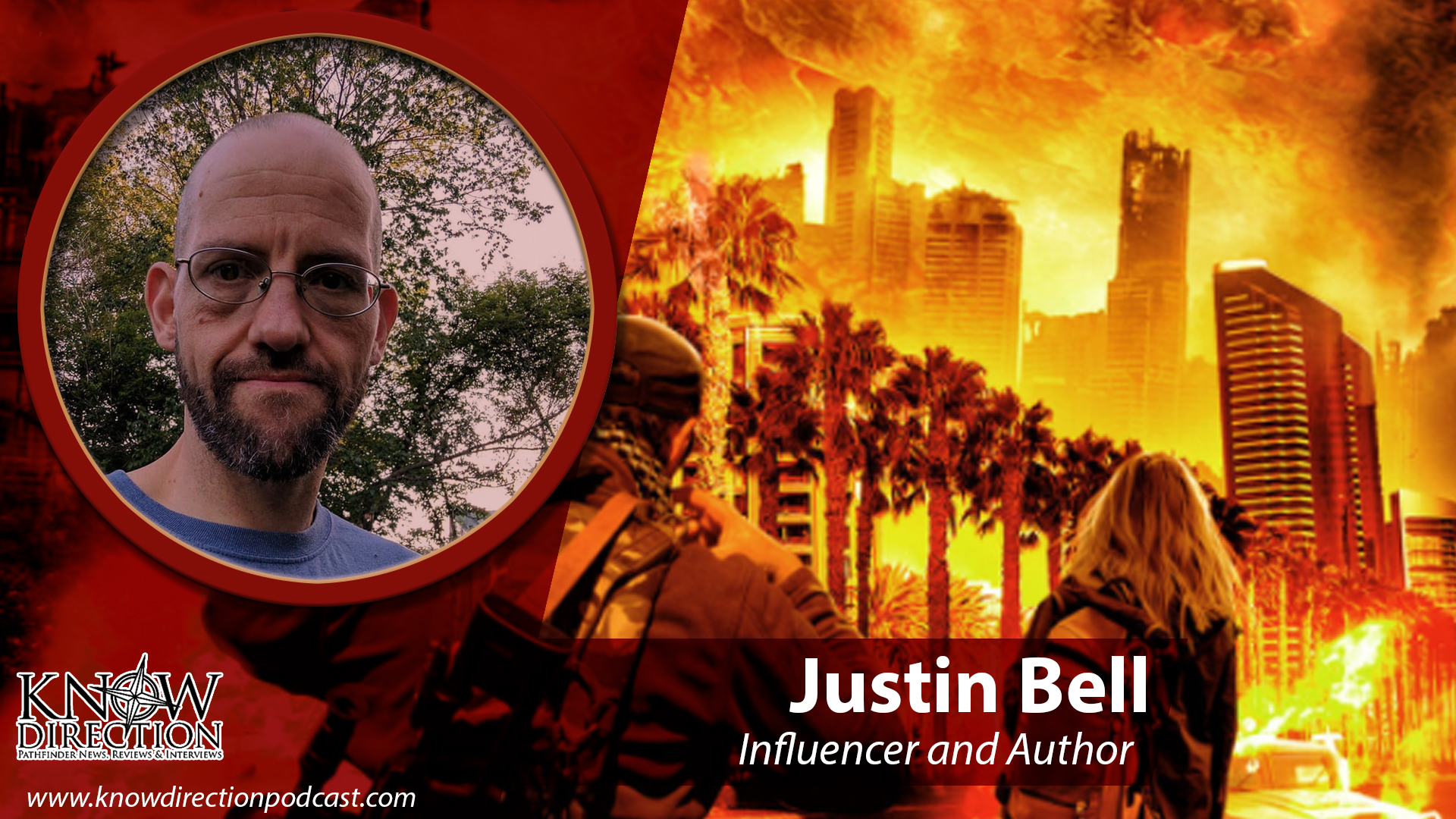At one point during a Pathfinder First Edition campaign I GMed, the party was making its way downriver on a ship, and was beset upon by a trio of river drakes. While the others dealt with two of the river drakes, the party’s time mystery oracle cast his Erase from Time revelation on the third, removing it from existence for 3 rounds. The revelation’s text specifies, “At the end of the duration, the creature reappears unharmed in the space it last occupied.” The player (knowing that I’m a physics professor) asked if that meant the last space which was now upstream from the boat’s perspective, since the boat had continued to move downstream during the encounter.
This reasoning appealed to me, but I hesitated. The text was clearly supposed to mean “the same space on the encounter map,” but that’s not really a formal term in Pathfinder parlance. But if Erase from Time tied to an absolute location in the universe (which relativity says doesn’t exist), then this revelation would be fatal every time, since the target would reappear in outer space after the planet had moved out from under them. The players proceeded to debate this issue for about 10 minutes, mostly to see my physicist brain squirm. I don’t tell this story to disparage the wording or design of Erase from Time; on the contrary, this situation really engaged the table and we still talk about it years later. Ultimately I ruled that, yes, the river drake would appear back where it had been upstream, since (a) I liked how the player was thinking and (b) it meant I could send the river drake on a quest to amass power and return to exact vengeance for its pack.
Many GMs experience this same hesitation that I showed, because it can be difficult to apply scientific principles in a TTRPG: What scientific discoveries have been made in a world like Golarion, and how well known are they? If the players propose a science-informed trick and you allow it to work this time, are you breaking the game down the road? How do you as a GM (regardless of your educational background) even know if the trick would work? Where do the principles of nature in a fantasy world like Golarion start to differ from the principles outlined in our world’s science?
Sometimes, the game’s rules help, but ultimately, it just isn’t possible for the rules of Pathfinder to fully explain how the world works with scientific accuracy. Those rules are a model designed to mimic the game world at a mid-sized granularity: Specific enough to resolve the characters’ actions but generic enough that the rules can fit into a single book.
So what is a GM to do when the wizard expects extra damage for electrocuting a target standing in a puddle, or when an alchemist starts invoking real chemical reactions and properties? Here are three principles I try to follow:
- Assume nature behaves the same as in our world unless the game materials say otherwise. Most fantasy worlds aren’t designed under the assumption that electricity doesn’t work, or that gravity is the effect of invisible sprites instead of a warping of space-time. After all, if the principles of nature differed too much from ours, humanoids couldn’t exist!
- Err on the side of assuming that the character knows something about the science. Just because a society doesn’t have automobiles or electron microscopes, it doesn’t mean they don’t understand conservation of energy or don’t know about electrons. After all, there’s no telling how a 20th-level wizard could plumb the depths of physical reality.
- When in doubt, look it up. Wikipedia’s science pages are almost always sufficient. Then, if the players’ science-informed proposal sounds reasonable, give them a chance. You can always hang the success or failure of their plan on a check or or series of checks, and make the DC difficult if you think it’s a long shot.
I’ve been working for a few years on an educational STEM-based tabletop roleplaying game. To help place scientific reasoning at the heart of the game, one way the players can resolve an encounter is by appealing to a resolution rubric. These rubrics help the GM reward players with mechanical benefits based on how well structured their argument is, using the claim-evidence-reasoning model. In this model (used widely in STEM education), a plausible scientific argument is built out of three elements: a claim that a certain effect will happen, evidence from the system being considered, and reasoning that connects the evidence to the claim. A resolution rubric presents game benefits based on how many of these elements the players successfully include in their argument.
Below is the general resolution rubric I’ve designed; you can adapt it to any specific encounter you’re running.
GENERIC ENCOUNTER RESOLUTION RUBRIC
Claim The heroes draw a reasonable conclusion based on appropriate natural principles.
Evidence The heroes identify a physically relevant feature of their surroundings, an item, or a creature.
Reasoning The heroes invoke one or more relevant natural principles and apply it appropriately to connect the evidence and claim.
————–
Fully Proficient (all 3 elements) The encounter (or an aspect thereof) immediately resolves in the heroes’ favor. An enemy surrenders or flees, a creature they were trying to impress, persuade, or distract responds as hoped for. They also gain a correct piece of information relevant to their next goal.
Proficient (2 elements) The encounter hangs on a razor’s edge. The triggering hero can attempt a check using a skill relevant to their argument against a standard DC for their level (possibly adjusted by the GM). On a success, the encounter (or an aspect thereof) immediately resolves in their favor.
Partially Proficient (1 element) The triggering hero gains a +1 circumstance bonus on a check of their choice before the end of their next turn.

